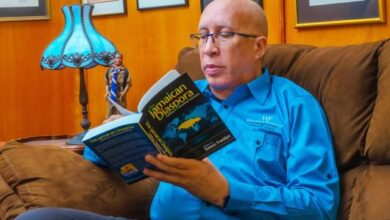U.S. Foreign-Born Population Nears 37 Million
WASHINGTON, DC – The U.S. Census Bureau reports that 36.7 million of the nation’s population (12 percent) were foreign-born, and another 33 million (11 percent) were native-born with at least one foreign-born parent in 2009, making one in five people either first or second generation U.S. residents.
The second generation were more likely than the foreign born to be better educated and have higher earnings and less likely to be in poverty.
In 2009, 59 percent of the native-born 25 and older with at least one foreign-born parent had some college education and 33 percent had a bachelor’s degree. That compares with 45 percent of the foreign-born who had some college and 29 percent who had a bachelor’s degree.
“What these data show is that, generally speaking, income and other measures of achievement, such as education, increase between first and second generation,” said Elizabeth M.
Grieco, chief of the Census Bureau’s Foreign-Born Population Branch. “This suggests that the children of immigrants are continuing to assimiliate over time as they have in past generations.”
Additionally, second generation Americans were less likely than the foreign born to have less than a high school degree; 12 percent of the second generation had less than a high school degree compared with 31 percent of the foreign-born population.
These findings are from the Current Population Survey Annual Social and Economic Supplement’s Foreign-Born Population of the United States: 2009, which provides a range of social and economic characteristics for the foreign-born population. This is the only Census Bureau data source that provides profiles of the foreign-born by generation.
Of those 15 years and older who worked full time and year-round, the second generation had higher median earnings ($42,297) in 2008 than the foreign-born population ($32,631). Likewise, the second generation tended to have overall higher earnings; 42 percent of the second generation earned $50,000 or more, compared with 31 percent of the first generation.
The second generation was also slightly less likely to be in poverty (16 percent) than the first generation (18 percent).
The foreign-born population represented 11 percent of the total population in 2000 and
12 percent in 2009, according to the Current Population Survey.
Among the foreign-born:
— More than half were born in Latin America, and almost one-third were born in Mexico.
— Nearly one in three entered the country in 2000 or later.
— More than half were noncitizens (58 percent).
— More were likely to be employed full time (75 percent) than the second-generation (69 percent).
The data from these tables are broken down by nativity, citizenship, year of entry, world region of birth and generation. The data represent the civilian noninstitutionalized population.


